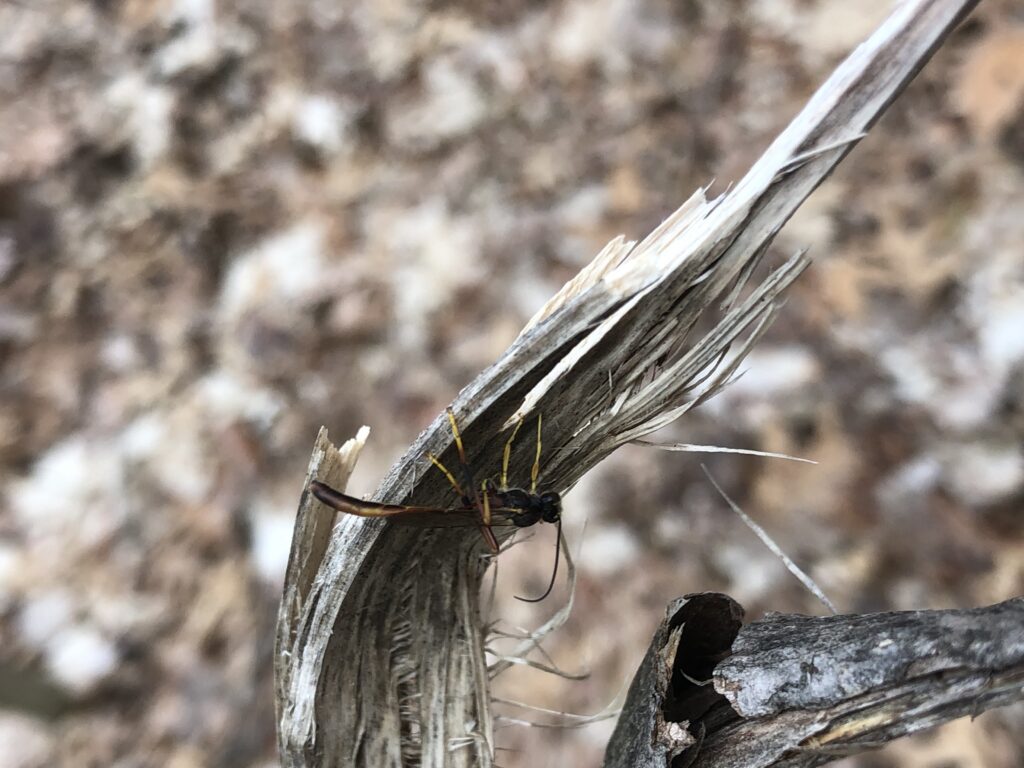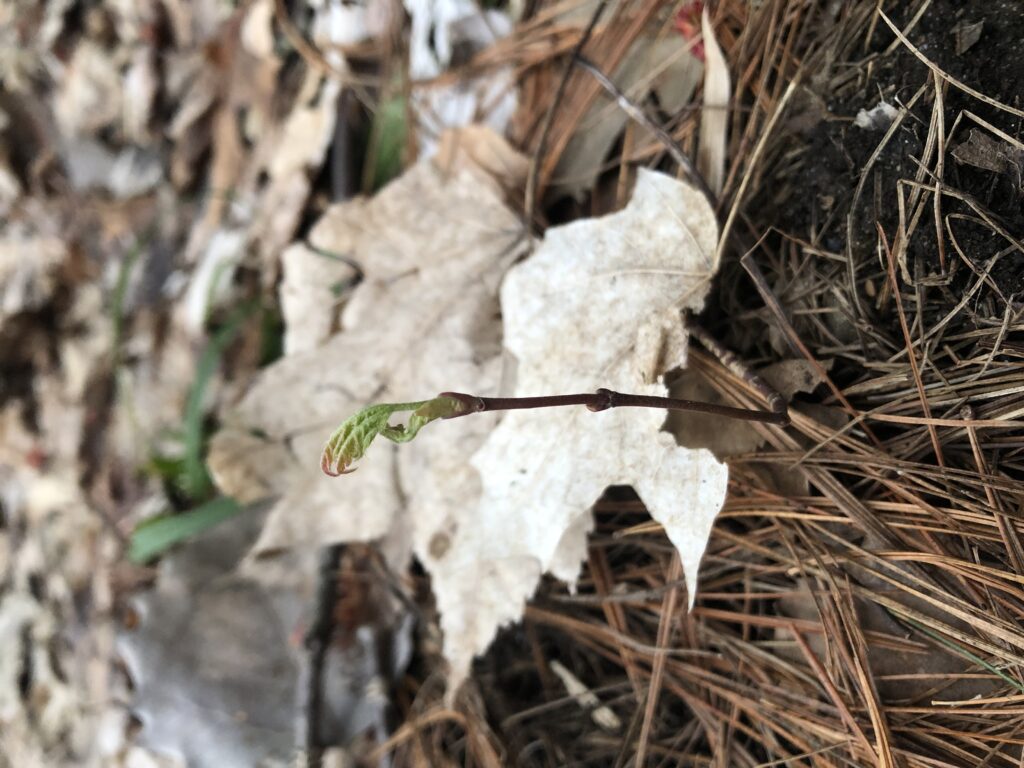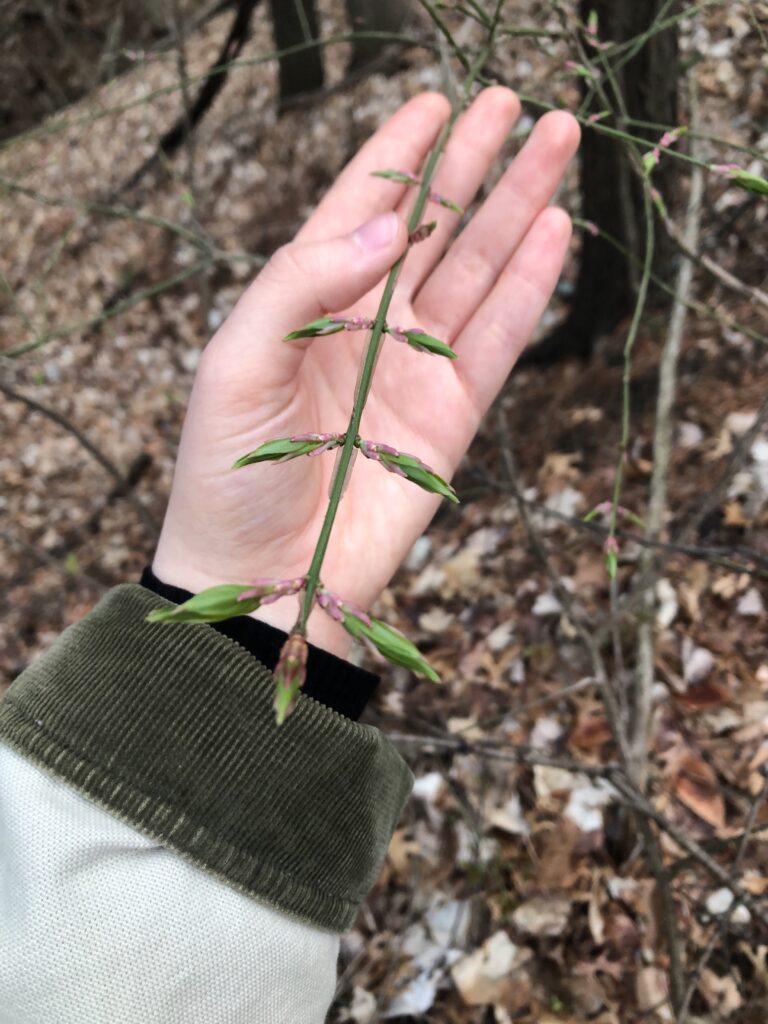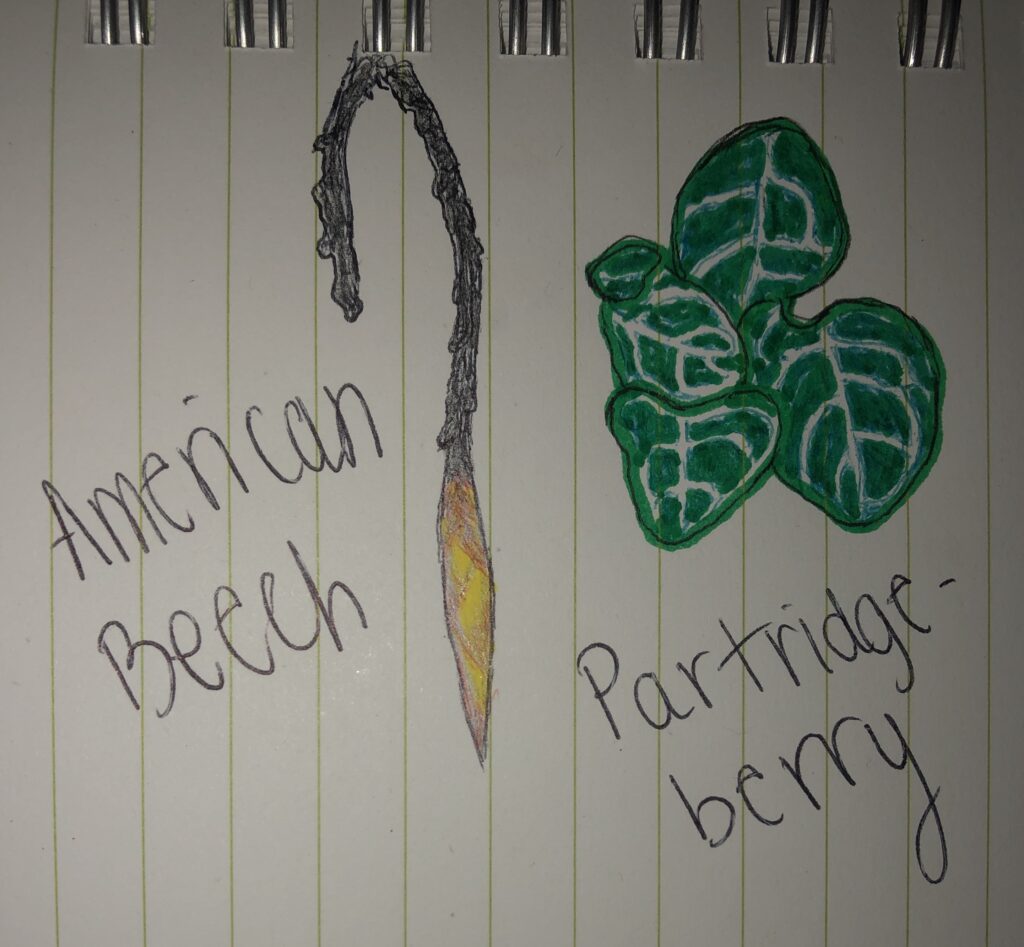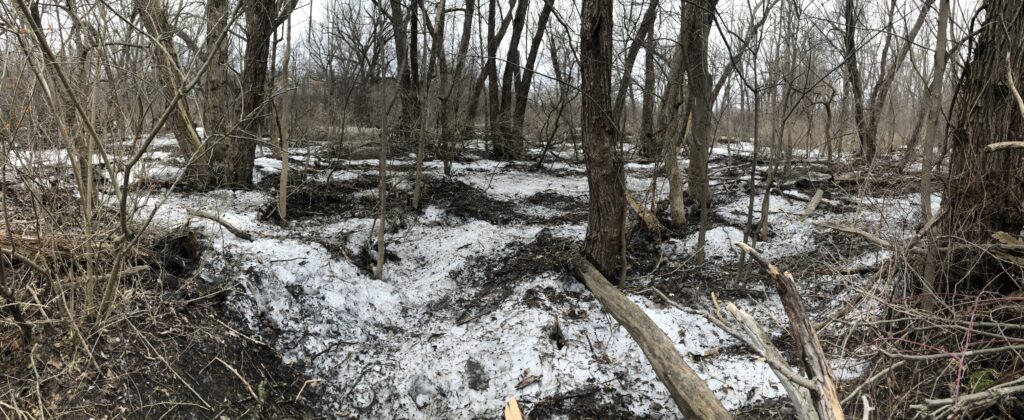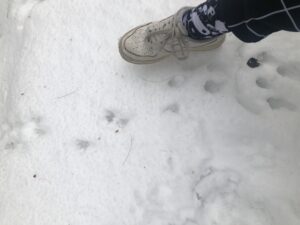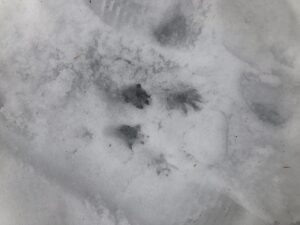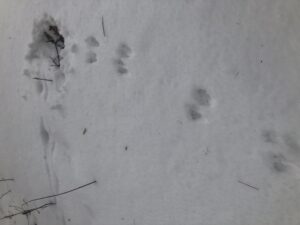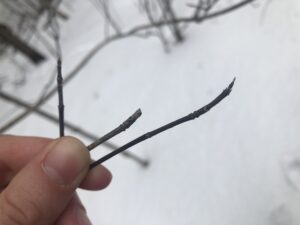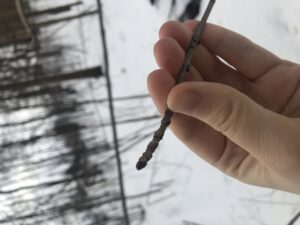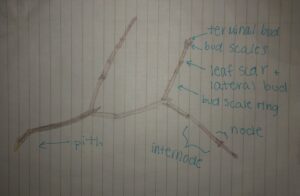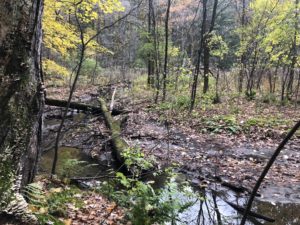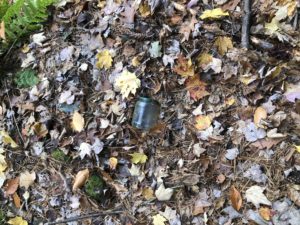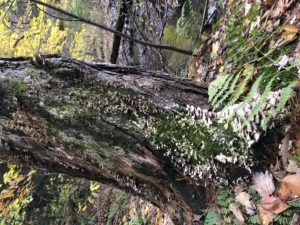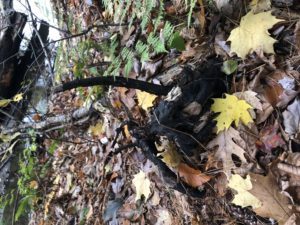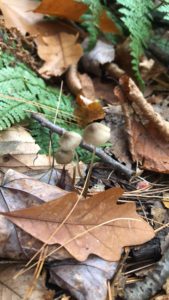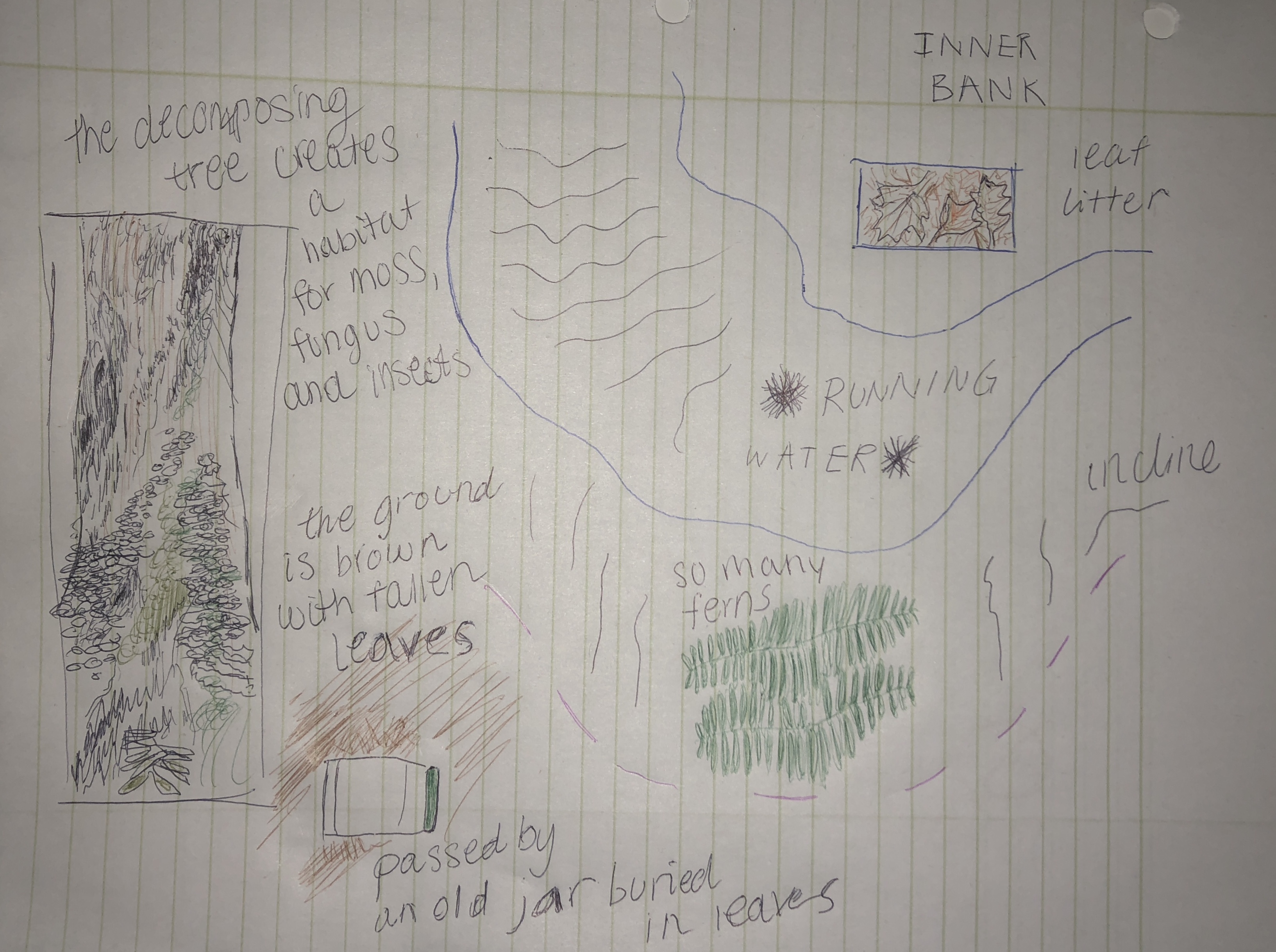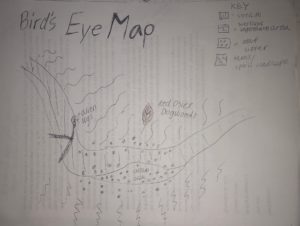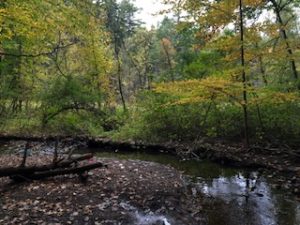Dropped Pinnear Williamsville, NY 14221
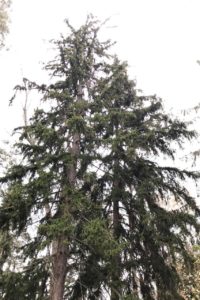
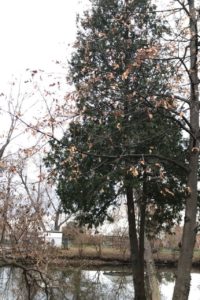
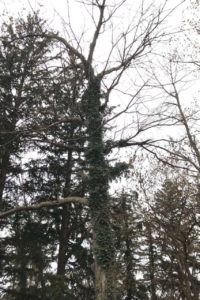
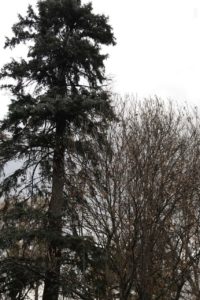
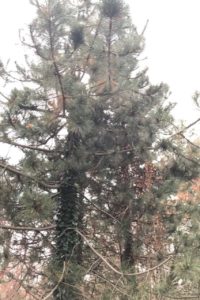
The smells of fall waft through the crisp air. There is a presence of life kept alive through the flow of the stream, Ellicott Creek. The once vivid expanses of marshland wildflowers which usually surround the outer embankments of the stream have put on a dark, almost ominous hue, as if to warn us of the change in seasons. This is a path I have travelled throughout my youth, and to return for this assignment awoke me to the sense of place I have developed towards it. As I traverse the waterline, I am reminded of my place as a stranger amongst the ongoings of nature happening all around me. The processes taking place simultaneously pause and promote both life and death. The spruces, pines, and other conifers which maintain their green aura are a testament to nature’s resiliency. They seem to show off their bright colors boastfully amongst the muddled backdrop of the late-autumn brush.
If you visit Ellicott Creek in the warmer season you will be greeted by species both domestic and wild, from dogs to foxes. Although people crowd the basin for opportunities to fish and play in the stream, year after year the native species seem to return, as if unfazed by the seasonal visitors. It seems like every time I remember, I can hear birds singing. They nestle in the trees, and the maples and oaks which look up to the sky support a plethora of creatures. If you really look, in every corner there are whole ‘worlds,’ colonies of organisms living within the cracks. At times I have ventured through the woodland path, located beyond the creekside woods and even deeper into the natural area. Significantly fewer people can be seen in these parts of the woods, and there are fewer signs of human life than in the surrounding area. There is a calm here, insofar to be away from the sounds of the street, and fully encompassed by the calls of birds and insects, or the rustle of the wind in the trees. I have found that at Centennial Brooke, you need to travel quite far as well to minimize the polluting noises of traffic and bustle, and surround yourself with life. The presence of watersheds brings another tone to the aural sensation, and reminds me that there is an alternate ecosystem located amongst my present one.
